Chaoshan cuisine, hailing from the eastern coastal region of Guangdong Province in China, is celebrated worldwide for its unparalleled freshness, meticulous craftsmanship, and profound cultural significance. Rooted in the fertile lands of Chaozhou, Shantou, and Jieyang, this culinary tradition embodies the harmony between nature and human ingenuity. Among its vast repertoire of dishes, several have achieved legendary status, captivating food enthusiasts with their delicate flavors and time-honored techniques. This article delves into the most iconic Chaoshan dishes, unraveling their histories, ingredients, and the artistry that elevates them to global gastronomic treasures.
Chaoshan Beef Hotpot (Niurou Huoguo)
The Chaoshan beef hotpot is a testament to the region’s obsession with freshness and texture. Unlike the spicy broths of Sichuan or the hearty stews of northern China, Chaoshan’s version prioritizes clarity and purity. Cattle are typically slaughtered in the early morning, with cuts delivered to restaurants within hours to ensure peak tenderness. The meat is sliced paper-thin, often visible through to the other side, and served raw alongside a simmering pot of clear bone broth flavored with corn, radish, and bitter gourd.
Diners cook the beef for mere seconds—a practice known as “three ups and three downs”—to achieve a melt-in-the-mouth consistency. Each cut, from the fatty shuan geng (neck) to the marbled xue wan (oxtail), offers a distinct taste and texture. The meal is accompanied by a dipping sauce of soy sauce, sesame oil, crushed peanuts, and fresh cilantro, which enhances the beef’s natural sweetness without overpowering it. The hotpot’s popularity stems not just from its flavor but also from its communal nature, fostering connection over shared plates and laughter.
Chaoshan Braised Goose (Longxiang Zhen)
Braised goose, or Longxiang Zhen, is a dish steeped in history, with recipes dating back to the Ming Dynasty. The dish’s name translates to “phoenix returning to its nest,” a poetic reference to the goose’s elegant presentation. The secret to its success lies in a proprietary blend of spices, including star anise, cinnamon, cloves, and fermented bean paste, which infuse the meat with a complex, aromatic profile.
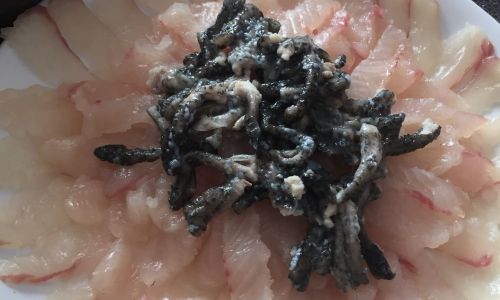
The goose is first marinated in a mixture of soy sauce, Shaoxing wine, and sugar, then braised slowly over low heat until the skin glistens with a caramelized sheen and the flesh falls off the bone. The result is a balance of savory, sweet, and slightly tangy notes, with a texture that is tender yet resilient. In Chaoshan, braised goose is often served during weddings, festivals, and family reunions, symbolizing prosperity and togetherness. Its reputation has spread globally, with high-end restaurants in cities like Hong Kong and New York featuring it as a centerpiece dish.
Chaoshan Fish Balls (Chaoshan Shouzhi Yuwan)
Fish balls, or yuwan, are a ubiquitous street food in Chaoshan, yet their simplicity belies the skill required to craft them. Made from fresh, gelatinous fish such as snakehead or grouper, the meat is pounded into a paste, mixed with salt and egg whites, and shaped into bouncy orbs. The process demands precision: over-pounding breaks the proteins, resulting in a tough texture, while under-pounding leaves the balls grainy.
The fish balls are typically boiled in clear broth with vegetables like bok choy or daikon radish, creating a comforting soup that highlights their springy texture and delicate flavor. Some chefs elevate the dish by stuffing the balls with minced pork or shrimp, adding layers of richness. Chaoshan fish balls have transcended regional boundaries, becoming a staple in supermarkets and noodle shops across China and Southeast Asia, a testament to their enduring appeal.
Oyster Omelette (Haojian)
The oyster omelette, or haojian, is a beloved Chaoshan street snack that marries the briny sweetness of oysters with the crispy texture of a starch-thickened egg batter. Fresh oysters, harvested from the region’s coastal waters, are briefly marinated in white pepper and rice wine to enhance their flavor. They are then folded into a mixture of sweet potato starch, eggs, and sometimes minced pork or bean sprouts, creating a pancake-like dish.
The omelette is fried until golden brown, resulting in a contrast between the crispy edges and the tender, oyster-studded center. It is served with a蘸料 (dipping sauce) of fish sauce, chili, and vinegar, which cuts through the richness. Though seemingly humble, the haojian requires mastery of heat control and ingredient ratios, making it a beloved symbol of Chaoshan’s culinary ingenuity.
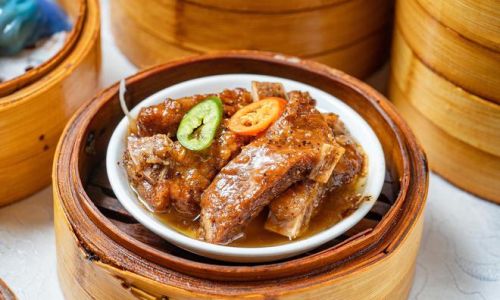
Chaoshan Congee (Muo)
Congee, or muo, is the comfort food of Chaoshan, a humble rice porridge elevated to an art form. Unlike the thick, gluey congees of other regions, Chaoshan muo is silken and loose, cooked for hours until the grains disintegrate into a velvety broth. Toppings range from simple—a drizzle of oil and a sprinkle of scallions—to elaborate, including salted duck eggs, century eggs, pork floss, or even offal.
The dish’s versatility makes it a staple for breakfast, dinner, or late-night meals. One iconic variation is muo with shacha sauce, a pungent, nutty condiment made from dried shrimp, soybean oil, and chili. Another favorite is muo topped with di zhao xia, small river prawns stir-fried with garlic and soy sauce. The congee’s soothing warmth and adaptability reflect Chaoshan’s pragmatic yet refined approach to cooking.
Chaoshan Cold Dishes (Chao Shi Leng Cai)
Chaoshan’s cold dishes, or leng cai, are a refreshing counterpoint to the region’s often-humid climate. These dishes prioritize texture and freshness, with ingredients like jellyfish, sea cucumber, and pickled vegetables marinated in a light vinegar-soy dressing. One standout is xue ha, a type of cold crab marinated in rice wine, ginger, and sugar, which imparts a sweet, briny flavor.
Another classic is ba wan, a cold dish of boiled pork belly slices arranged over tofu skin, garnished with cilantro and peanuts. The key to these dishes lies in their presentation: vibrant colors, balanced flavors, and a harmonious interplay of crunchy, tender, and silky textures. They are often served as appetizers, awakening the palate before richer main courses.
Chaoshan Noodles (Chaoshan Mian)
Chaoshan’s noodle dishes, or mian, are a study in simplicity and mastery. Hand-pulled wheat noodles, known as geng mian, are stretched and folded into thin, chewy strands, often served in a clear broth with ingredients like beef, fish balls, or pickled vegetables. The noodles’ al dente texture and the broth’s clean flavor make them a quintessential breakfast dish.
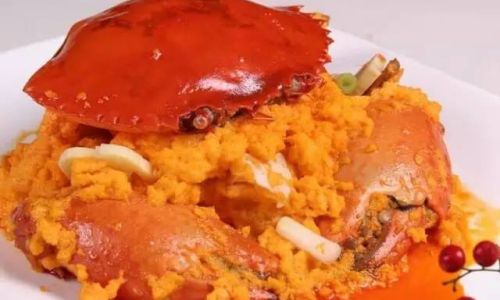
Another variation is gan mian, dry noodles tossed in a mixture of lard, soy sauce, and vinegar, topped with minced pork, chopped peanuts, and scallions. The dish’s humility belies its complexity, as the balance of fatty, salty, and aromatic elements must be precise. Chaoshan noodles have inspired imitators globally, yet purists argue that none replicate the authenticity of the region’s street-side stalls.
Chaoshan Sweet Soup (Tangshui)
No exploration of Chaoshan cuisine is complete without its sweet soups, or tangshui, which serve as both dessert and medicinal tonic. These desserts often incorporate ingredients like lotus seeds, mung beans, taro, and black glutinous rice, simmered in syrup until tender. One iconic dish is dou hua, silken tofu pudding drizzled with ginger syrup and topped with crushed peanuts, offering a soothing contrast of sweet and spicy.
Another favorite is yuan yang, a blend of hot and cold sweet soups served in the same bowl, such as sesame paste and grass jelly. These desserts reflect Chaoshan’s belief in balancing yin and yang through food, with cooling ingredients like barley and job’s tears (coix seed) offsetting the region’s tropical heat.
Cultural Significance and Preservation
Chaoshan cuisine’s fame extends beyond its flavors; it is a living archive of the region’s history and values. The emphasis on freshness and seasonality mirrors Chaoshan’s agricultural heritage, while the communal nature of dishes like beef hotpot underscores the importance of family and social bonds. Many traditional techniques, such as hand-pulling noodles or braising goose, are passed down through generations, with apprentices spending years perfecting their craft.
In recent decades, globalization and urbanization have threatened these traditions, yet Chaoshan chefs and food enthusiasts remain steadfast in their preservation efforts. Michelin-starred restaurants in cities like Shanghai and Tokyo now feature Chaoshan cuisine, introducing it to new audiences while adhering to authentic methods. Meanwhile, food tourism in Chaoshan’s historic towns, such as Chaozhou’s ancient city, allows visitors to witness the preparation of dishes like braised goose firsthand, fostering a deeper appreciation for their cultural roots.
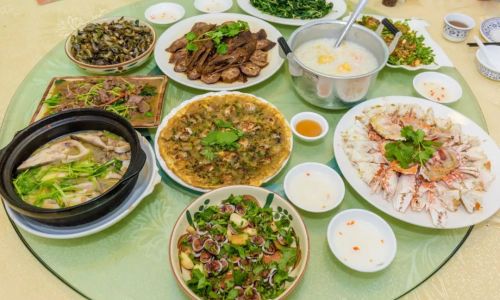
Conclusion
Chaoshan cuisine’s most famous dishes are more than meals—they are expressions of artistry, history, and identity. From the communal joy of a beef hotpot to the meditative precision of a fish ball, each dish tells a story of a region that reveres its past while embracing the future. As global palates increasingly seek authenticity and craftsmanship, Chaoshan cuisine stands as a beacon of culinary excellence, reminding the world that true flavor is found in the details. Whether savored in a bustling night market or a Michelin-starred dining room, these dishes continue to captivate, proving that some traditions are timeless.
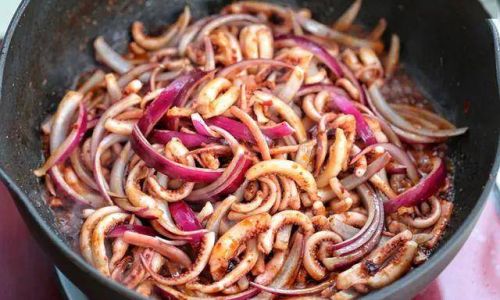
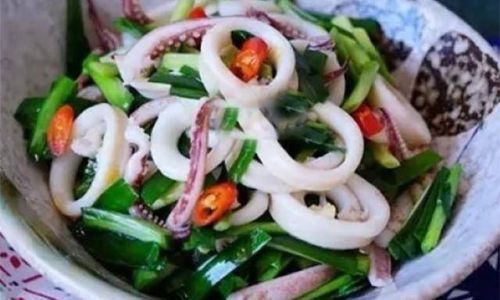
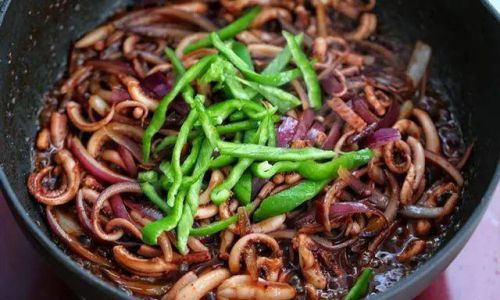
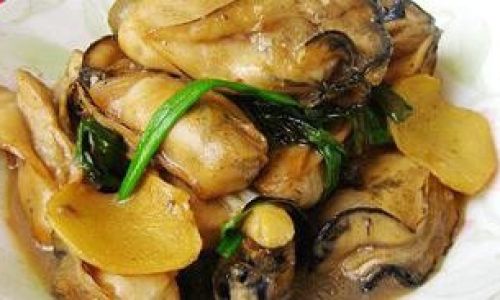
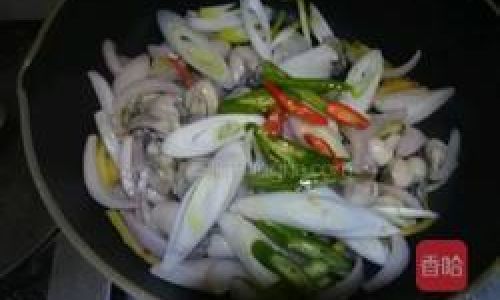
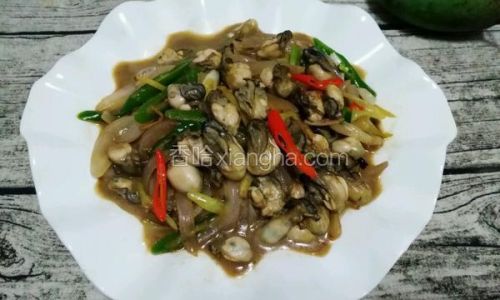
0 comments